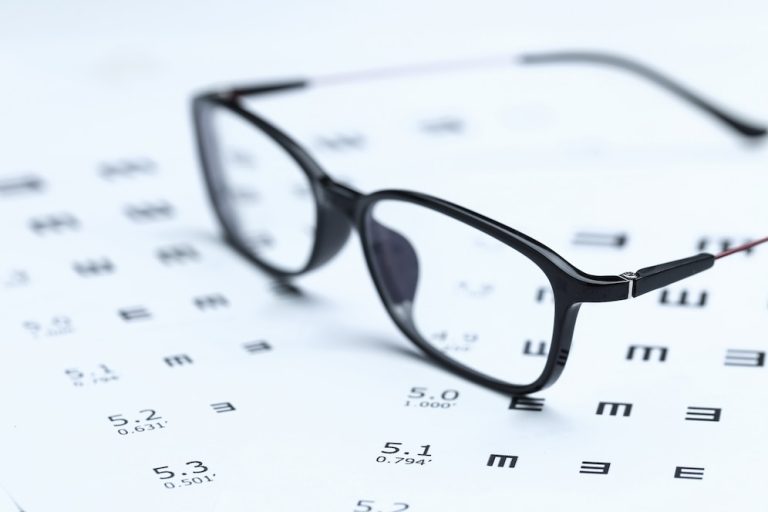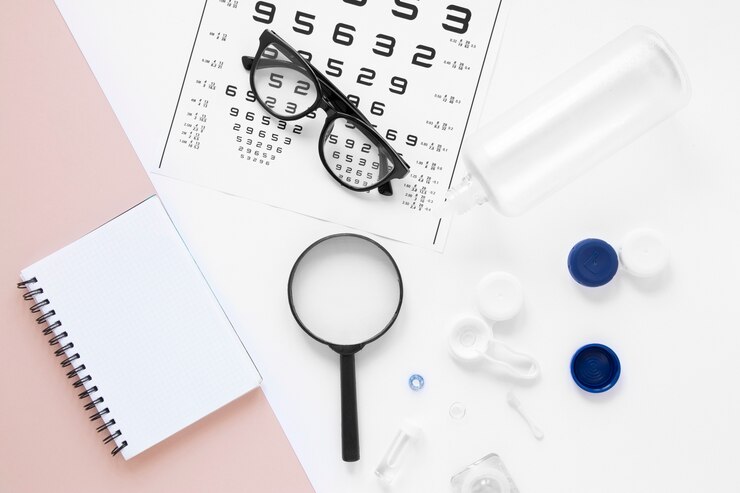Adjusting To New Eyeglass Prescription Tips And Expectations
Getting a new eyeglass prescription can be an exciting experience as it means improved vision and clarity in daily activities. However, adjusting to a new prescription can sometimes be challenging, as your eyes and brain need time to adapt to the changes in vision correction. Here are some tips and expectations to help you smoothly adjust to your new eyeglass prescription.
Understanding the Prescription
Before delving into the adjustment process, it’s essential to understand the components of your new eyeglass prescription. Your prescription may include the following terms:
- Sphere (SPH): This number indicates the degree of nearsightedness (negative) or farsightedness (positive).
- Cylinder (CYL): If you have astigmatism, this number shows the degree of lens correction needed.
- Axis: This number ranges from 0 to 180 and specifies the orientation of astigmatism correction.
- Prism and Base: These are included in some prescriptions for correcting issues such as double vision.
- Add: Found in multifocal prescriptions, this value indicates the additional magnification needed for close-up vision.
Tips for Adjusting to New Eyeglasses
- Give It Time: Allow your eyes and brain to adjust to the new prescription. This process can take a few days to a few weeks, depending on the individual and the extent of the prescription change.
- Wear Them Consistently: Wear your new glasses consistently, as switching back and forth between old and new prescriptions can slow down the adjustment process.
- Start with Low-Risk Activities: If you experience dizziness or disorientation, start with low-risk activities and avoid driving until you feel comfortable.
- Monitor for Discomfort: It’s normal to experience some discomfort, such as mild headaches or eye strain. If discomfort persists beyond a week, consult your optometrist.
- Use for Different Activities: Gradually test your new glasses in various situations, such as reading, working on the computer, or outdoor activities, to help your eyes adjust.
- Adjust for Progressives or Bifocals: If you have a multifocal prescription (e.g., bifocals or progressives), practice looking through different lens segments to find the optimal viewing angle.
- Check the Fit: Ensure your glasses fit well and sit comfortably on your face. A poor fit can impact your experience and adjustment process.
- Take Breaks: If you feel overwhelmed, take breaks from wearing your new glasses to rest your eyes.
- Communicate with Your Optometrist: If you encounter any issues with your new prescription, such as persistent discomfort or difficulties adjusting, contact your optometrist for guidance.
- Keep Your Glasses Clean: Clean your lenses regularly to avoid visual distortions and distractions caused by smudges or dirt.
Expectations During the Adjustment Period
It’s essential to understand what to expect during the adjustment period to avoid unnecessary stress or worry:
- Mild Discomfort: Initially, you may experience mild headaches, dizziness, or eye strain as your eyes adapt to the new prescription. These symptoms should subside within a few days.
- Altered Depth Perception: Changes in prescription can impact depth perception, especially with multifocal lenses. Take care when navigating stairs or uneven surfaces.
- Distorted Vision: Initially, you may notice distortions or blurriness, especially if your prescription has changed significantly. This should improve as you adjust.
- Changes in Peripheral Vision: Adjusting to different lens types, such as progressives, may affect peripheral vision. Your brain will adapt to these changes over time.
- Improved Vision: Once you adjust to your new glasses, you should experience clearer, sharper vision across different distances.
When to Seek Help
While most people adjust to their new eyeglass prescription within a few days to a few weeks, there may be instances when further assistance is needed:
- Persistent Discomfort: If you continue to experience headaches, eye strain, or dizziness after a week, consult your optometrist.
- Difficulty Seeing Clearly: If your vision remains blurry or distorted beyond the initial adjustment period, your prescription may need to be re-evaluated.
- Problems with Multifocals: If you struggle to find the correct viewing angles with bifocals or progressives, ask your optometrist for guidance.
- Uncomfortable Fit: If your glasses do not fit well or feel uncomfortable, seek adjustments to improve the fit.
Conclusion
Adjusting to a new eyeglass prescription can take time and patience. By following the tips provided and understanding what to expect during the adjustment period, you can ease the transition and enjoy the benefits of improved vision. Remember to communicate openly with your optometrist if you encounter any issues, as they can provide valuable support and adjustments to ensure your experience with your new glasses is a positive one.
For any further queries, Plz visit drvivekgarg. in








